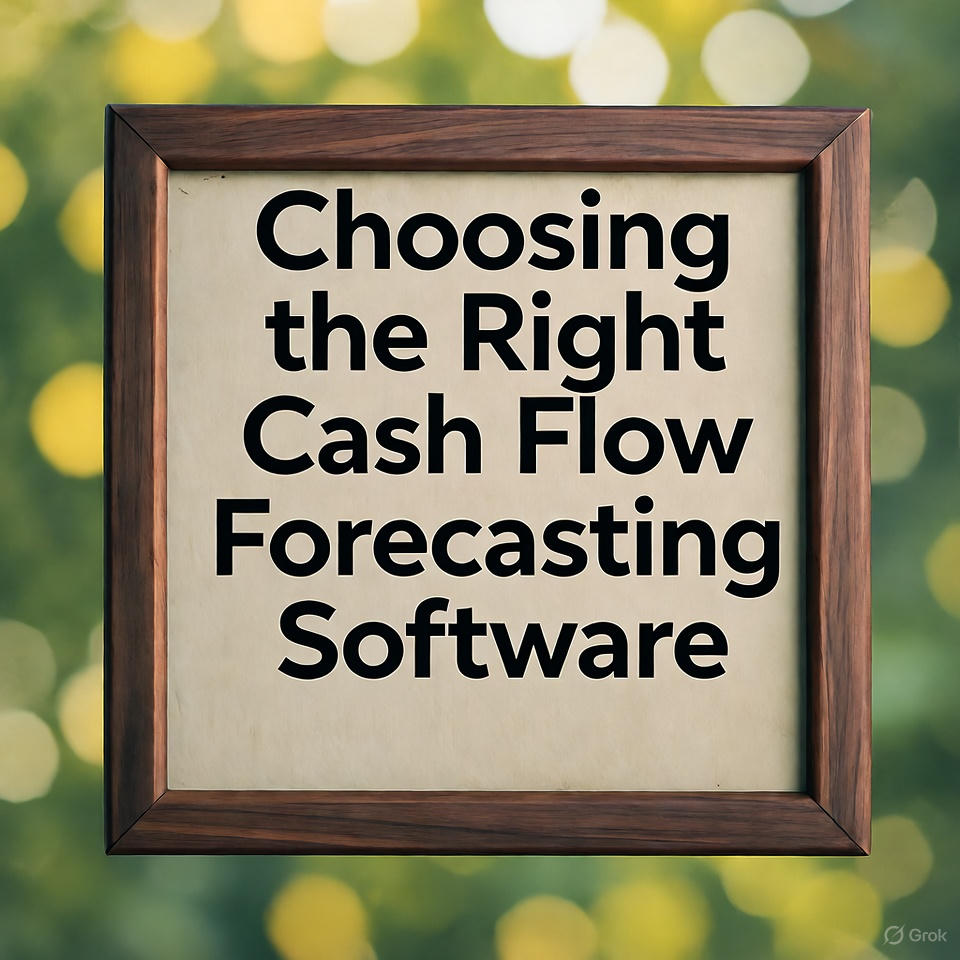Cash flow is the lifeblood of any business. Underestimating or overestimating your cash reserves can lead to a crisis, even for companies that are otherwise profitable.
Moving from reactive guesses to forward-looking clarity requires the right kind of cash flow forecasting software. Today, we will help you choose a solution that helps your business achieve its set goals and supports proper decision-making.
Why Cash Flow Forecasting Is Important
Poor cash flow management is a common root cause of business failure.
Studies have found that 82% of businesses that fail mention cash flow problems as a key reason.
In the U.S., 88% of small businesses report regular cash flow disruptions. In fact, 22% of U.S. small businesses struggle to pay basic bills due to cash flow constraints, while 45% of small business owners skip their own paychecks to keep operations afloat.
Beyond survival, accurate forecasting enables better planning. Companies that make cross-functional visibility of cash flow drivers an enterprise-wide priority can achieve up to 90% quarterly accuracy against their cash flow targets.
This level of precision strengthens liquidity control, supports informed investment decisions, and helps finance leaders align operational and strategic goals more effectively.
When you can foresee inflows, outflows, and risks, you gain the confidence to allocate capital, hedge liquidity gaps, and manage debt cost efficiently.
What Are The Most Important Factors for Selecting the Right Software
Below are six essential capabilities your cash forecasting solution should deliver:
1. Forecast Accuracy up to 95%
- Generate highly reliable cash flow forecasting using historical AR/AP trends and AI insights.
- Improve global inflow forecast accuracy by as much as 95%.
- Predict customer and vendor behavior based on AI models trained on your ERP data.
- Create bottom-up forecasts aligned with your business structure.
- Build trust in liquidity planning and funding decisions.
2. Real-Time Cash Visibility
- Gain real-time views of cash positions across accounts and entities.
- Remove manual errors with AI-powered automation.
- Enable faster, well-informed decisions for both short-term and long-range planning.
- Make sure your forecasts reflect actual bank and ERP data in real time.
3. Bank and ERP Connectivity
- Automate bank statement integration across accounts with no manual import.
- Use SFTP or API connectors to link systems.
- Automatically classify and structure transactions for forecasting.
- Consolidate data from multiple ERPs and bank accounts into one unified view.
4. No-Code Forecast Modeling
- Let treasury teams build and adjust models via an Excel-like interface without any coding required.
- Take advantage of built-in formulas, while retaining the ability to override entries manually.
- Customise models to evolving business needs without developer dependence.
- Push for faster adoption with a user-friendly design.
5. Scenario Analysis for Strategic Planning
- Simulate alternative paths using a what-if scenario builder.
- Compare forecast snapshots to track changes and conduct variance analysis.
- Assess risks and formulate response strategies with confidence.
- Reduce the chance of unwanted surprises by understanding forecast variability across business conditions.
6. Variance Analysis
- Monitor historical forecast vs actual deviations over time.
- Use variance matrices to find forecasting inaccuracies.
- Adjust assumptions based on data, improving precision iteratively.
- Surface root drivers behind overestimates or underestimates.
What Are The Top Benefits of Using a High-Quality Cash Flow Forecasting Software
A well-chosen system becomes a strategic aid. Here are six core benefits companies enjoy:
1. More Efficiency
A well-reputed cash flow forecasting automates the process and eliminates manual data entry, speeds up forecast cycles, and frees up treasury or finance staff to focus on high-value tasks.
2. Reduced Errors and Improved Accuracy
Forecasts can achieve an accuracy of up to 95% by combining real-time data from banks and ERPs and applying AI models. That accuracy helps maintain liquidity and guide strategic decisions.
3. Scalability
As your business expands, so do your forecasting needs. A high-quality cash flow forecasting software scales to manage multiple entities, regions, and currencies. Thus, it is able to handle more transactions and accounts without adding workload.
4. Real-Time Insights
Get live visibility into your cash position through continuous updates from banking and ERP systems. This allows for proactive responses as liquidity shifts.
5. Cost Savings
Automation helps bring down the dependency on manual spreadsheets and labor-intensive workflows. You can cut down on operational expenses while speeding up forecasting cycles and improving outcomes.
6. Improved Risk Management
Scenario analysis and variance tracking tools allow treasury teams to detect risks early and build contingency proactively.
Closing Thoughts
Selecting the right cash flow forecasting software is more strategic than tactical.
The right system helps you not just to navigate, but to steer.
Start by scoring potential vendors on those six criteria. Pilot using a 90-day period, evaluate real performance, and expand with confidence.





